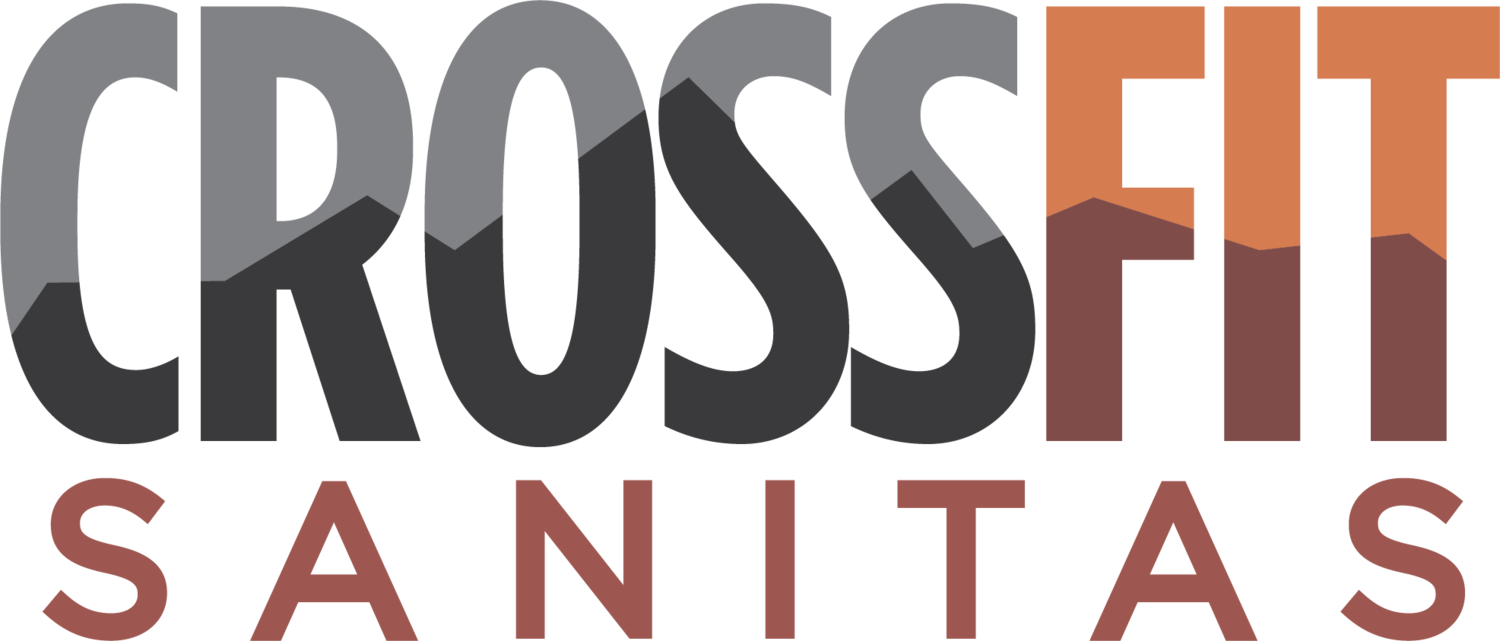Are You Running with Good Form or Into an Injury?
Curious if you’re running with good form or running your way in to an injury? Do your knees collapse inward as you land? Or do you over-stride? An official run analysis can determine whether patterns in your running correlate with current or probable injuries.
How Should You Run?
Any runner who has tried to search the web for the solution to an injury, or for tactics to prevent an injury, knows that an abundance of information exists. The internet is rife with recommendations on which exercises you should do, which running pattern is correct, and which shoe you should wear. Problem solved… right? One of the most challenging issues with preventing injury for runners is sorting through what evidence is based on scientific research, versus what is simply a convincing personal anecdote. Even once you are able to sort through the information, trying to determine what recommendations actually apply to you becomes the next hurdle.
There are many components to running without injury while ensuring your body has the tools to run effectively and efficiently. Proper strength, mobility, and balance all play a part as your foot hits the ground, and then pushes back off again when running. The dynamic nature of these components is a key reason a run analysis can determine whether your body’s tools are able to meet your body’s needs while running.
How Can I Fix My Running Form?
As a physical therapist, I am often asked which running techniques are best and which are correlated with injuries. Many runners struggle with injuries – or hope to prevent them. They’ve read the latest articles and often trade recommendations with other runners. They’re seeking advice and hope that changing their shoes or the way their foot strikes the ground might get rid of, or prevent, that aching hip or knee or ankle. They also hope these changes can help them run faster and longer, too.
My advice, as someone who has spent time in the biomechanical research lab and who has evaluated runners for over a decade, always comes down to “it depends.” It depends on each runner’s alignment, the strength of their muscle groups, their mobility of moving parts used in running, their balance while in motion, their choice in footwear (or foregoing shoes altogether)… and it depends on what happens when they put it altogether and start placing one foot in front of another while running. Undergoing a run analysis is key to determining what challenges a runner’s body might have. It is a tool that can determine whether a runner is predisposed to injuries such as knee pain, hip pain, stress fractures, or many of the challenges that runners often face.
Running analysis is a systematic method for determining whether or not your movement patterns are correlated with known evidence for injury, and whether you demonstrate any mechanics that predispose you to injury. Run analysis and biomechanical assessments can determine whether a runner’s choice of technique is compatible with the ability to apply it. It can determine the strengths, weaknesses, and mechanical challenges involved in allowing running to be more efficient, more enjoyable, and most importantly, injury and pain-free.


